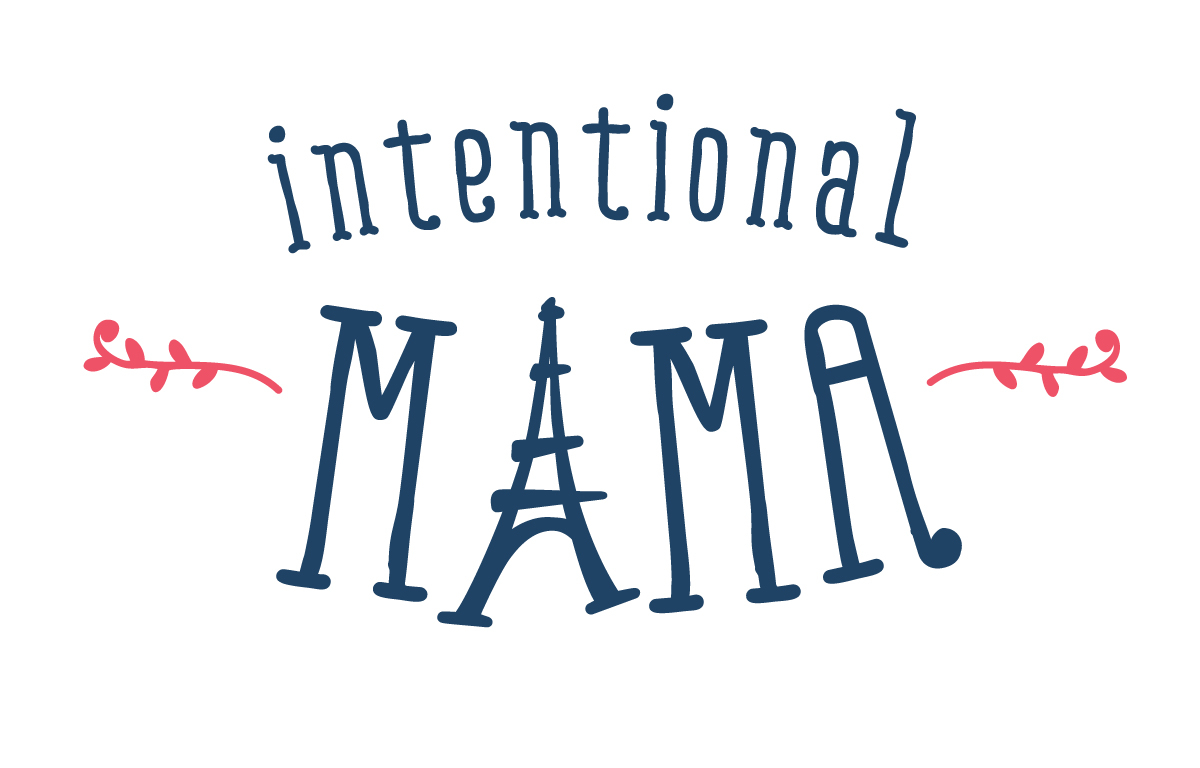Reusable French Chore Chart for Preschool & Early Childhood
Last June I made my children a simple reusable chore chart in French. With a baby on the way (due in January), I wanted my older two children to develop a habit of following morning and evening routines somewhat independently. I also planned to use the chart as the basis for a small monetary allowance. Here's how I created the chart and how it's worked in our family.
My daughter checking off her chore chart (photo from my Instagram account)
How to Print and Fill Out The French Chore Chart
For the basic chart background, I printed a free PDF copy of the "Tableau des responsabilités" from the Canadian site Educatout.com (the PDF may take a few minutes to load on your screen). I could have used a few more spaces for tasks, but the chart's spectrum of colors and simplicity make it appealing for children and parents.
You can fill in this chart using the tasks and graphics from Educatout's PDF printout (page 2), but I chose to write my own. (I squeezed seven tasks in the five task slots.) My five-year-old's chart includes:
- Ranger mes pajamas (Put away my pjs)
- Faire le lit (Make my bed)
- Jouer du violon (Practice violin)
- Demander à maman (Ask mom) - So I can get help with a different task as needed each day
- Mettre le couvert ou aider à préparer le dîner (Set the table or help make dinner)
- Ranger mes choses (Put away my things)
- Mettre mes vêtements dans le panier à linge (Put my clothes in the laundry basket)
My two-year-old's chart swaps two tasks with the following jobs (instead of "practice violin" and "help make dinner"):
- Ranger le couvert (Put away the silverware)
- Essuyer le comptoir (Wipe the counter)
I added clip art to each task since my children can't fully read yet. I also placed each printout in a clear page protector so that they can check off tasks with a dry erase marker and so that I don't need to print new charts each week. (The chart starts with Monday and places Sunday at the end of the week as French calendars do.)
How the Chore Chart Plays Out--and Pays Out--in Our Family
When I introduced the charts, I was fairly surprised how eager my daughter was to use it. However, the lack of routine over the summer meant that we only used it for a week or so, after which I took it down for a time because it was often overlooked. Now that autumn routines are here, however, we're using the chart regularly again. My children usually check off tasks after breakfast and before bedtime. The charts are posted on the fridge door (so American!) and I slip the marker inside the page protector.
I don't necessarily believe in paying children for all routine household chores because I see helping out as a natural and expected part of family life. However, I do use the chart as a basis for a small allowance because it helps my children see the connection between work and pay.
A closer look at the chart without its page protector. I spelled "violin" the English way--oops!
Initially, I planned to pay my children a quarter per day based on a quick visual estimate of their chart completion at the end of each week. This may seem like a small amount for my five-year-old, but I thought it would be a good situation for learning how many quarters are in a dollar. As my children grow older, I'll increase their pay--probably closer to the commonly suggested allowance amount of one dollar per week per year of the child's age.
I don't assign a monetary value to each task because counting checked squares each week seems unnecessarily time-intensive, and the general pattern of my children's efforts matters more to me than the precise number of tasks occasionally left undone.
In recent months, my daughter often finds something she wants to buy when we're running errands, so we talk about the price and I give her an estimate of how many weeks' allowance it would take to purchase. (I'm not strict about the calculation; I simply come up with a time period that I feel is fair for the item based on its cost.)
Do your children have assigned jobs in your household? Are they paid for completing those jobs or are they simply paid for extra work? When did you start giving an allowance?


